Jaw misalignment, or malocclusion, can lead to various problems, ranging from difficulty chewing and speaking to facial asymmetry and even breathing issues. For those grappling with these challenges, orthognathic surgery offers hope. But what exactly is orthognathic surgery, and how does it correct jaw misalignment? Let’s embark on a comprehensive journey to understand this transformative procedure.
Understanding Jaw Misalignment
Jaw misalignment, or malocclusion, occurs when the upper and lower jaws do not align properly, resulting in an improper bite. This misalignment can manifest in various forms, including overbite, underbite, crossbite, and open bite. It can stem from genetic predisposition, abnormal jaw development, trauma, prolonged thumb sucking, or conditions like cleft lip and palate.
The impact of jaw misalignment extends beyond mere cosmetic concerns. It can lead to difficulties in chewing, speaking, and swallowing, as well as chronic jaw pain, headaches, and temporomandibular joint (TMJ) disorders. Severe cases can affect facial symmetry, leading to self-esteem issues and social anxiety. Understanding the causes and consequences of jaw misalignment is crucial for individuals seeking effective treatment options like orthognathic surgery to improve their oral health and overall quality of life.
Common Causes of Jaw Misalignment
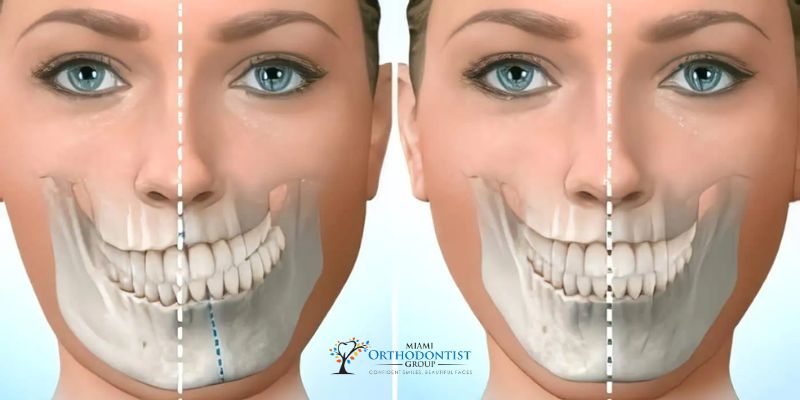 Several factors contribute to jaw misalignment, including genetic predisposition, abnormal jaw development, trauma, prolonged thumb sucking, and conditions like cleft lip and palate. Additionally, tumors affecting the jawbone can also lead to malocclusion. These various causes disrupt the natural growth and alignment of the jaws, resulting in improper bite patterns. Understanding these underlying factors is essential for determining the most appropriate treatment approach to address jaw misalignment effectively.
Several factors contribute to jaw misalignment, including genetic predisposition, abnormal jaw development, trauma, prolonged thumb sucking, and conditions like cleft lip and palate. Additionally, tumors affecting the jawbone can also lead to malocclusion. These various causes disrupt the natural growth and alignment of the jaws, resulting in improper bite patterns. Understanding these underlying factors is essential for determining the most appropriate treatment approach to address jaw misalignment effectively.
The Impact of Jaw Misalignment
Untreated jaw misalignment can have far-reaching consequences beyond mere cosmetic concerns. Individuals with malocclusion may experience difficulties in daily activities such as chewing, speaking, and swallowing. Chronic jaw pain, headaches, and temporomandibular joint (TMJ) disorders are common, affecting quality of life. Moreover, severe cases can lead to facial asymmetry, contributing to self-esteem issues and social anxiety.
The physical discomfort associated with jaw misalignment can be debilitating, interfere with essential functions, and cause persistent discomfort. Furthermore, the psychological impact of living with a misaligned jaw should be noticed. Many individuals feel self-conscious about their appearance, leading to diminished confidence and avoidance of social situations. Understanding the multifaceted impact of jaw misalignment underscores the importance of seeking appropriate treatment options like orthognathic surgery to address functional and aesthetic concerns, thereby improving overall well-being and quality of life.
Enter Orthognathic Surgery
 Orthognathic or corrective jaw surgery is designed to reposition the jaws to achieve proper alignment. This comprehensive approach addresses functional and aesthetic aspects of jaw misalignment, allowing patients to improve their oral health and facial appearance.
Orthognathic or corrective jaw surgery is designed to reposition the jaws to achieve proper alignment. This comprehensive approach addresses functional and aesthetic aspects of jaw misalignment, allowing patients to improve their oral health and facial appearance.
The orthognathic surgery steps are as follows:
1. Consultation and Evaluation
The journey towards orthognathic surgery typically begins with a thorough consultation with an oral and maxillofacial surgeon. During this initial visit, the surgeon conducts a comprehensive examination, which may include X-rays, photographs, and dental impressions. This evaluation helps determine the extent of the jaw misalignment and develop a personalized treatment plan.
2. Pre-surgical Orthodontic Treatment
Before undergoing surgery, patients often undergo pre-surgical orthodontic treatment. This phase involves wearing braces to align the teeth in preparation for the surgical correction of the jaws. Orthodontic treatment helps optimize surgical outcomes by ensuring proper teeth alignment within the corrected jaw structure.
3. Surgical Procedure
Once the teeth are appropriately aligned, the orthognathic surgery takes place. The specifics of the procedure vary depending on the nature and severity of the jaw misalignment. In general, the surgery involves:
- Making precise cuts in the jawbones.
- Repositioning them according to the treatment plan.
- Securing them in place with plates and screws.
The procedure is performed under general anesthesia to ensure patient comfort.
4. Post-Surgical Recovery
Following surgery, patients require a recovery period to allow the jaws to heal properly. Swelling, bruising, and discomfort are common in the initial days post-surgery, but these symptoms gradually subside with time. Patients are advised to adhere to a soft diet and avoid strenuous activities during recovery. Additionally, ongoing orthodontic treatment may be necessary to fine-tune the alignment of the teeth.
Benefits of Orthognathic Surgery
Orthognathic surgery offers a multitude of benefits beyond just correcting jaw misalignment. These include:
- Improved Bite Function: By aligning the jaws properly, orthognathic surgery enhances the bite function, allowing for more efficient chewing and swallowing.
- Alleviation of Symptoms: Many patients experience relief from symptoms such as jaw pain, headaches, and TMJ disorders following surgery.
- Enhanced Facial Aesthetics: Correcting jaw misalignment can significantly improve facial symmetry and proportions, enhancing overall facial aesthetics.
- Boosted Confidence: A harmonious facial appearance and improved oral function often increase self-esteem and confidence in social interactions.
Considerations and Risks
While orthognathic surgery can yield transformative results, weighing the potential risks and considerations associated with the procedure is essential. These may include:
- Surgical Risks: As with any surgical procedure, orthognathic surgery carries inherent risks such as infection, bleeding, nerve damage, and adverse reactions to anesthesia.
- Orthodontic Treatment: Orthodontic treatment before and after surgery requires time and commitment from patients to achieve optimal results.
- Recovery Period: The recovery period following orthognathic surgery can be lengthy, and patients may need to adjust their lifestyle and dietary habits during this time.
- Financial Considerations: Orthognathic surgery and associated orthodontic treatment can be costly, and patients should consider the financial implications before proceeding with treatment.
Conclusion
Orthognathic surgery offers a comprehensive solution for correcting jaw misalignment and addressing associated functional and aesthetic concerns. By working in tandem with orthodontic treatment, this transformative procedure can improve bite function, alleviate symptoms, enhance facial aesthetics, and boost confidence. However, it’s crucial for individuals considering orthognathic surgery to undergo a thorough evaluation, weigh the potential risks and benefits, and collaborate closely with their oral and maxillofacial surgeons to achieve the best possible outcomes. With proper guidance and care, orthognathic surgery can pave the way for a healthier, more confident smile and a brighter future.


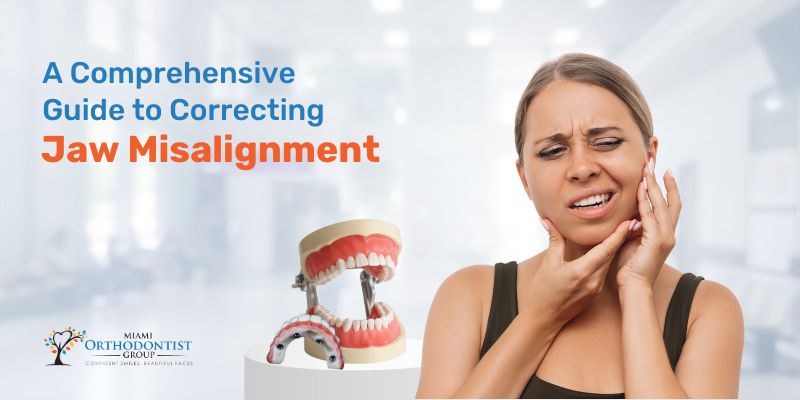
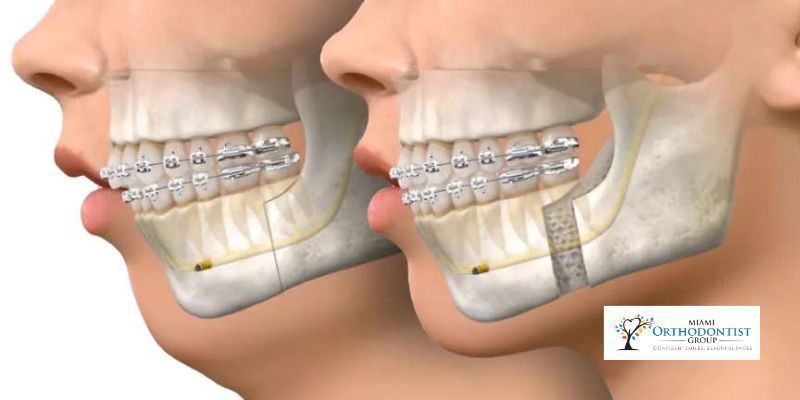
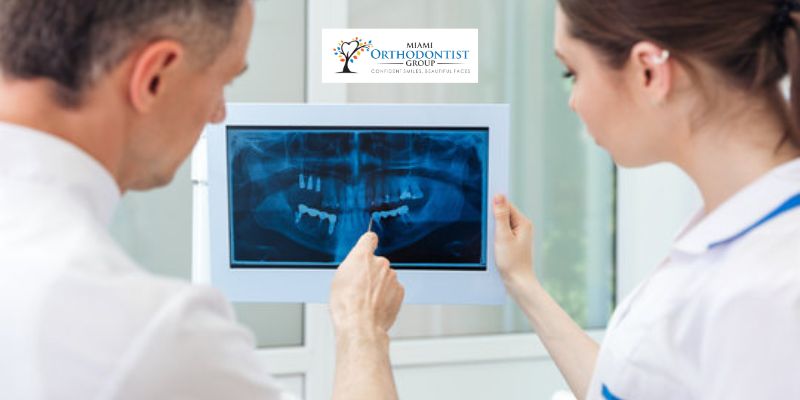 Pre-surgical preparation for orthognathic surgery is crucial to ensure optimal outcomes and patient safety. It involves a comprehensive evaluation to assess the dental and skeletal relationships and plan the surgical approach accordingly. This evaluation typically includes dental impressions, X-rays, photographs, and sometimes advanced imaging techniques like cone-beam computed tomography (CBCT) to obtain detailed three-dimensional images of the jaw structures.
Pre-surgical preparation for orthognathic surgery is crucial to ensure optimal outcomes and patient safety. It involves a comprehensive evaluation to assess the dental and skeletal relationships and plan the surgical approach accordingly. This evaluation typically includes dental impressions, X-rays, photographs, and sometimes advanced imaging techniques like cone-beam computed tomography (CBCT) to obtain detailed three-dimensional images of the jaw structures.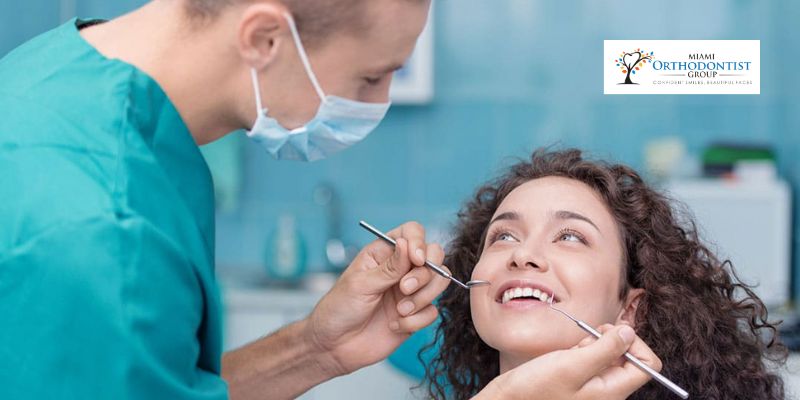 Recovery and postoperative care following orthognathic surgery are critical phases in the overall treatment process aimed at ensuring a smooth and successful recovery while maximizing the long-term benefits of the procedure. Patients can expect some degree of swelling, bruising, and discomfort in the immediate aftermath of surgery, which can be managed with prescribed pain medications and cold compresses applied to the face.
Recovery and postoperative care following orthognathic surgery are critical phases in the overall treatment process aimed at ensuring a smooth and successful recovery while maximizing the long-term benefits of the procedure. Patients can expect some degree of swelling, bruising, and discomfort in the immediate aftermath of surgery, which can be managed with prescribed pain medications and cold compresses applied to the face.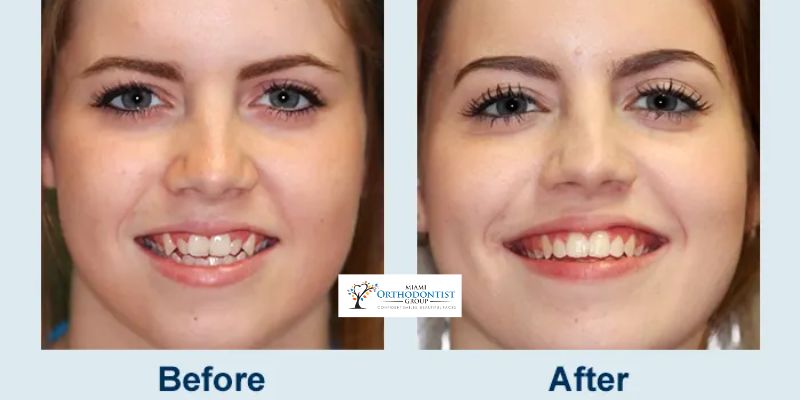
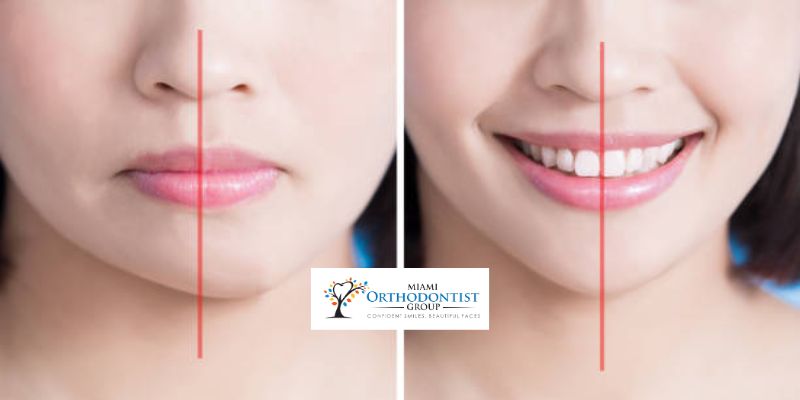 One of the primary goals of
One of the primary goals of 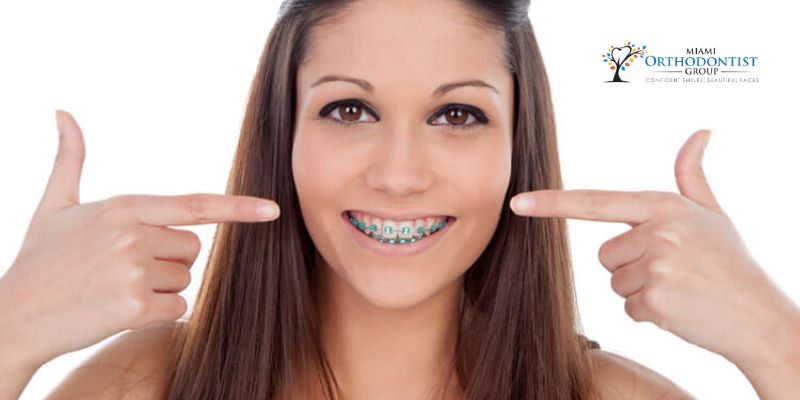 The psychological impact of
The psychological impact of 
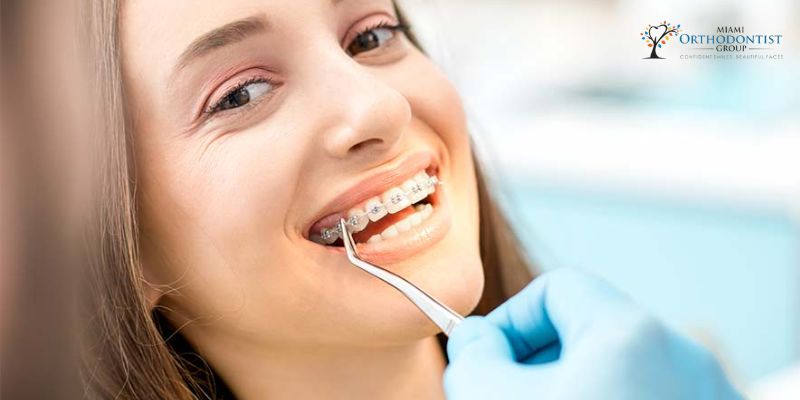

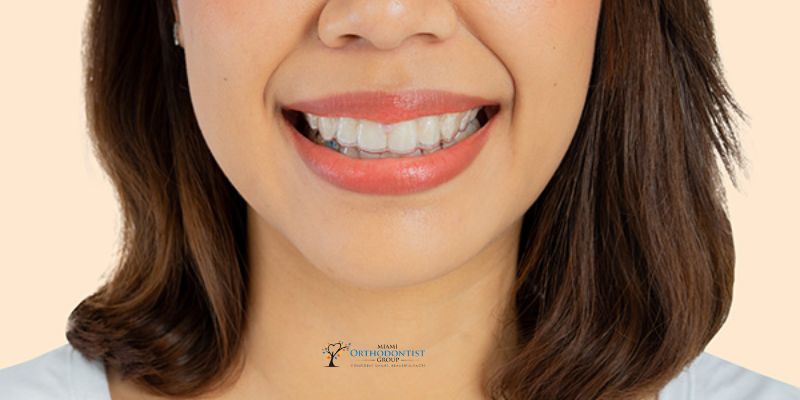 One of the most significant advantages of Invisalign is its discreet and virtually invisible nature. Unlike traditional braces, Invisalign aligners are made from transparent and smooth plastic, making them nearly imperceptible when worn. This feature is especially appealing to individuals who may feel self-conscious about the appearance of metal brackets and wires. The clear aligners allow wearers to undergo
One of the most significant advantages of Invisalign is its discreet and virtually invisible nature. Unlike traditional braces, Invisalign aligners are made from transparent and smooth plastic, making them nearly imperceptible when worn. This feature is especially appealing to individuals who may feel self-conscious about the appearance of metal brackets and wires. The clear aligners allow wearers to undergo 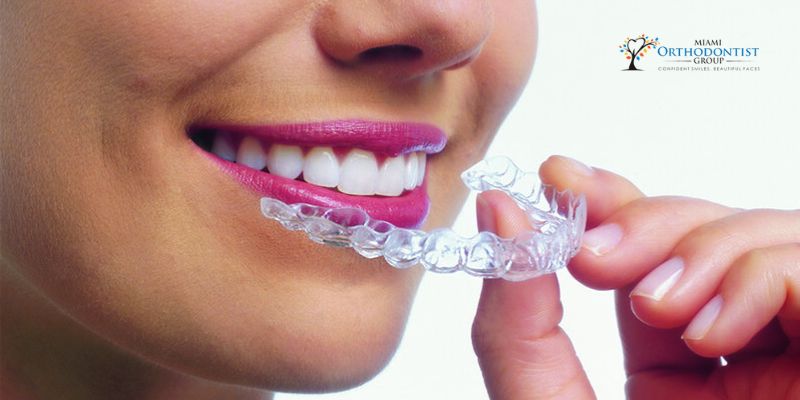 Unlike traditional braces, Invisalign aligners are removable, allowing individuals to maintain optimal oral hygiene throughout treatment. The ability to take out the aligners makes brushing and flossing more accessible, reducing the risk of plaque buildup and tooth decay. With traditional braces, cleaning around the brackets and wires can be challenging, often leading to oral hygiene issues.
Unlike traditional braces, Invisalign aligners are removable, allowing individuals to maintain optimal oral hygiene throughout treatment. The ability to take out the aligners makes brushing and flossing more accessible, reducing the risk of plaque buildup and tooth decay. With traditional braces, cleaning around the brackets and wires can be challenging, often leading to oral hygiene issues.
 Dentofacial orthopedic issues can vary widely in severity and complexity. Some common problems that dentofacial orthopedists address include:
Dentofacial orthopedic issues can vary widely in severity and complexity. Some common problems that dentofacial orthopedists address include:

 Using advanced computer software, your Invisalign provider will develop a personalized treatment plan that maps out the precise movements your teeth need to make to achieve the desired alignment. Once the treatment is complete, you will also get a sneak peek at what your smile will look like.
Using advanced computer software, your Invisalign provider will develop a personalized treatment plan that maps out the precise movements your teeth need to make to achieve the desired alignment. Once the treatment is complete, you will also get a sneak peek at what your smile will look like. Understanding what to expect during Invisalign treatment can help you prepare for the journey.
Understanding what to expect during Invisalign treatment can help you prepare for the journey.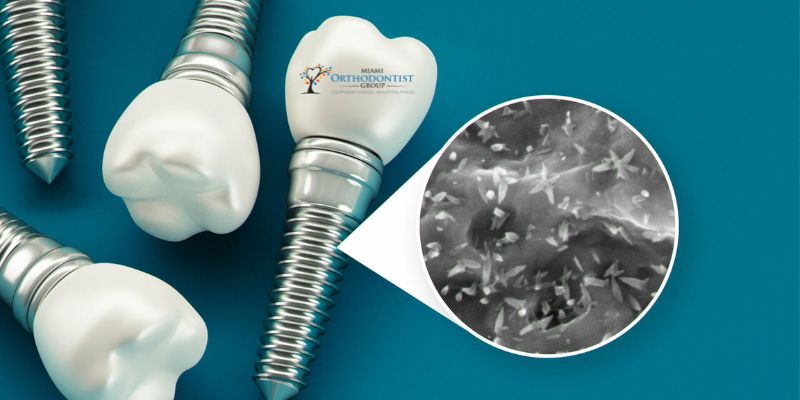

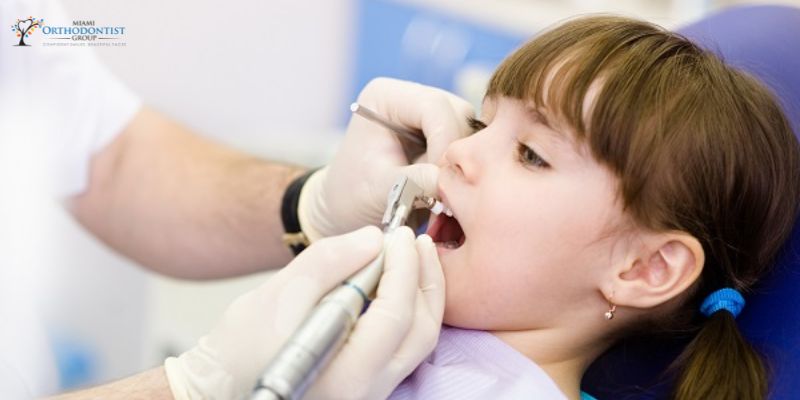

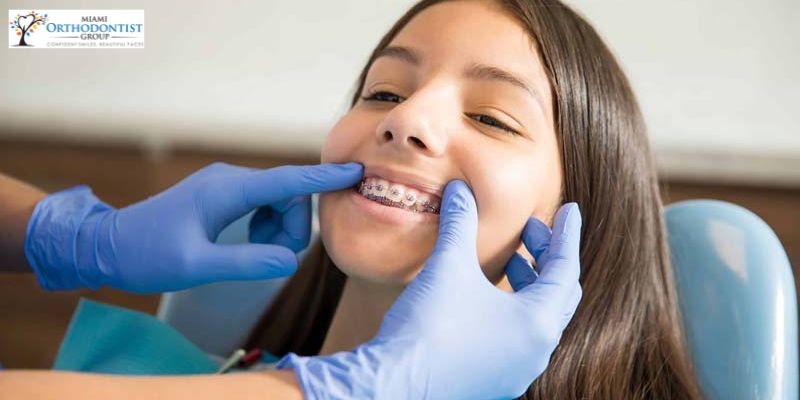 The coordination of different muscles and structures in the mouth and throat is required for speech, which is a complicated process. Speaking clearly and efficiently can be improved if these structures align.
The coordination of different muscles and structures in the mouth and throat is required for speech, which is a complicated process. Speaking clearly and efficiently can be improved if these structures align.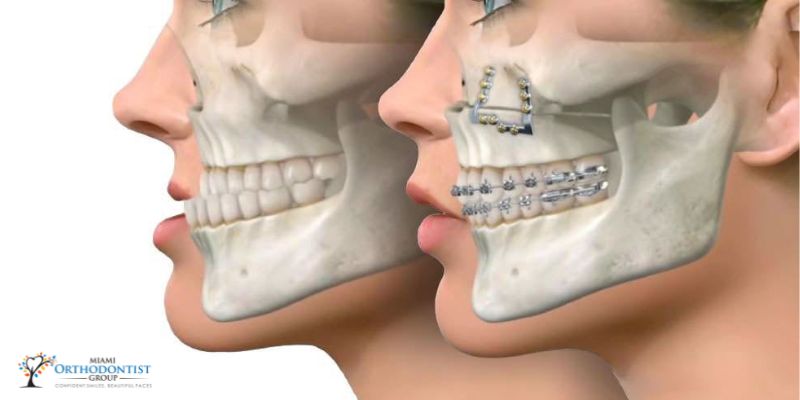 Additionally, speech and general oral health are significantly influenced by the location of the jaws. Incorrect jaw alignment can result in many issues, such as trouble chewing and swallowing, persistent jaw pain, and even sleep apnea.
Additionally, speech and general oral health are significantly influenced by the location of the jaws. Incorrect jaw alignment can result in many issues, such as trouble chewing and swallowing, persistent jaw pain, and even sleep apnea.